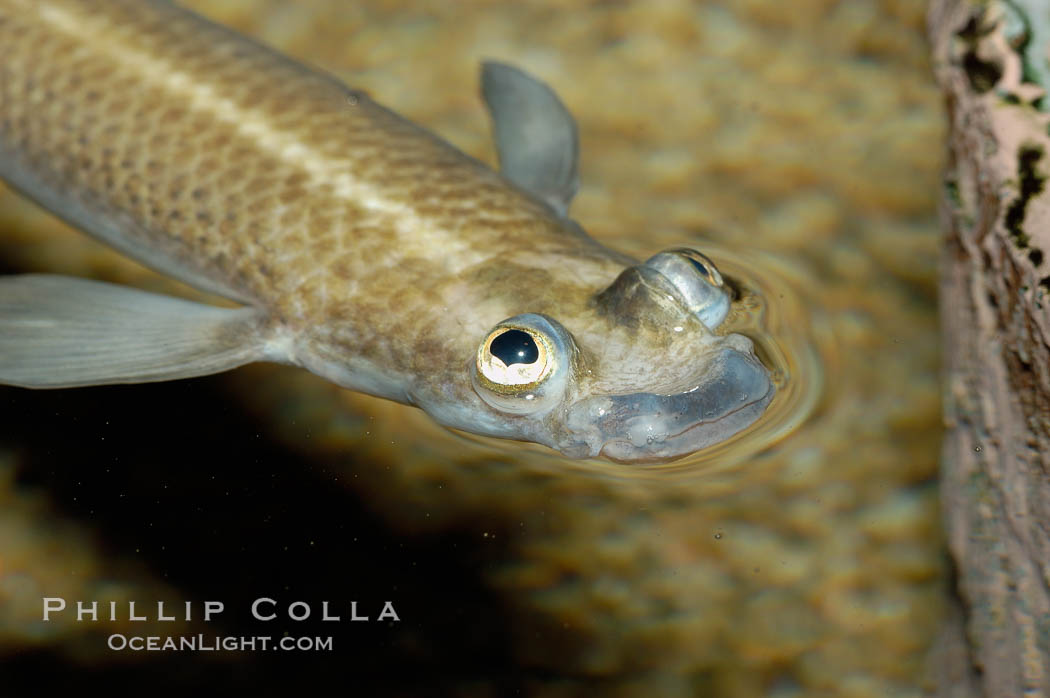

The condition of the caudal fin, which in the cod tribe departs so markedly from that of ordinary Teleosteans, is in itself a sufficient reason for dismissing the idea of the homocercal flat-fishes being derived from the Anacanthini, and the whole structure of the two types of fishes speaks against such an assumption. The old notion that they are only modified Gadids (Anacanthini) was the result of the artificial classification of the past and is now generally abandoned. All the bones and muscles of the upper side are more strongly developed than on the lower but it is noteworthy that these fishes when hatched, and for a short time afterwards, are symmetrical like other fishes.Īssuming that they are the descendants of symmetrical fishes, the question has been to determine which group of Teleosteans may be regarded as the ancestors of the flat-fishes. The opposite side, which is turned upwards and towards the light, is variously, and in some tropical species even vividly, coloured, both eyes being placed on this side of the head.


The side which is turned towards the bottom, and in some kinds is the right, in others the left, is generally colourless, and called "blind," from the absence of an eye on this side. FLAT-FISH ( Pleuronectidae), the name common to all those fishes which swim on their side, as the halibut, turbot, brill, plaice, flounder, sole, &c.


 0 kommentar(er)
0 kommentar(er)
